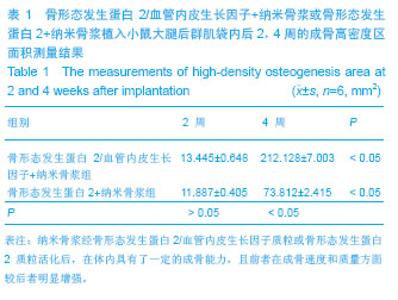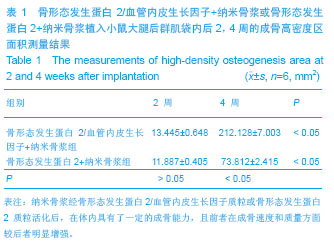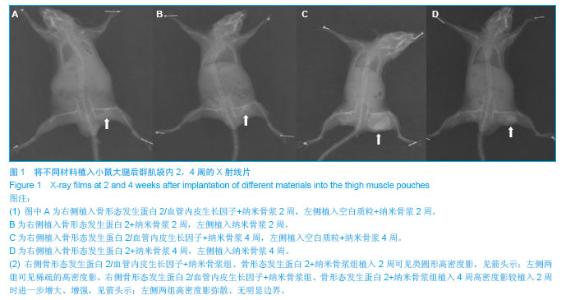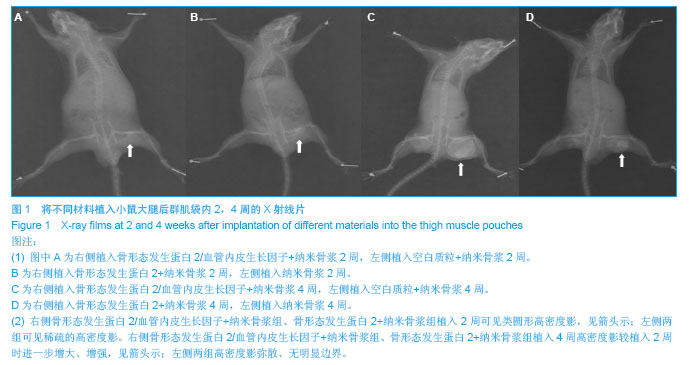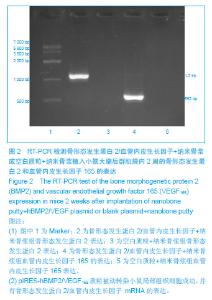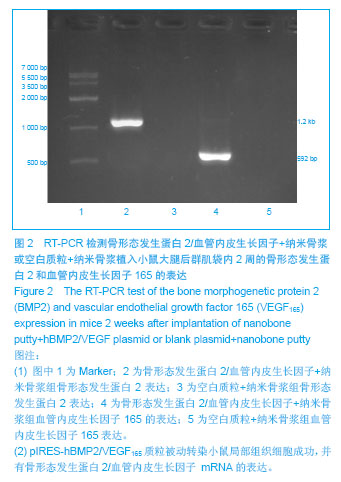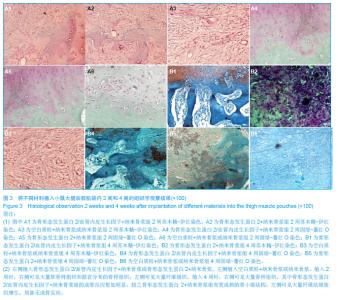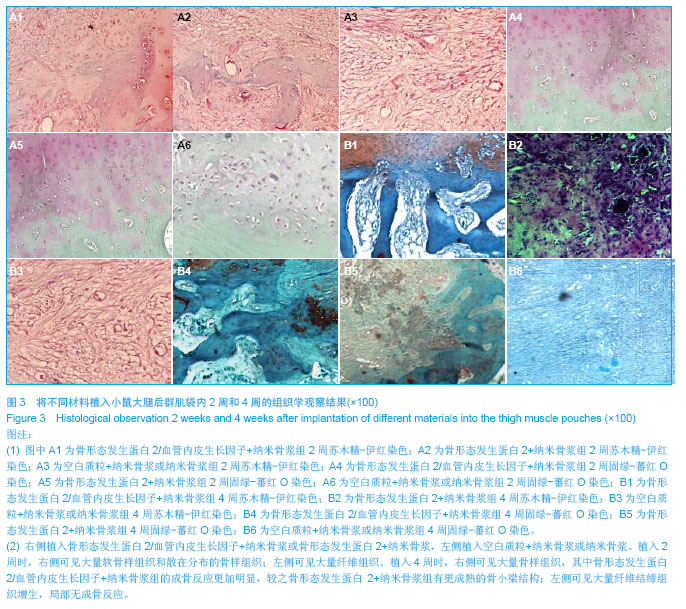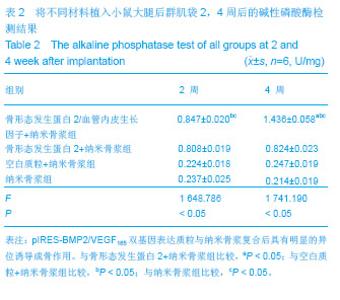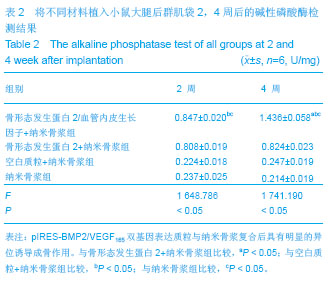| [1]陈红卫,赵钢生,叶键.自固化磷酸钙人工骨修复不同病因骨缺损94例[J].中国组织工程研究与临床康复, 2008,12(19): 3779-3781.[2]Semino CE.Self-assembling peptides:from bio-inspired materials to bone regeneration.J Dent Res.2008;87(7): 606-616. [3]Garreta E,Gasset D,Semino C,et al.Fabrication of a three-dimensional nanostructured biomaterial for tissue engineering of bone.Biomol Eng.2007;24(1):75-80.[4]Reves BT,Bumgardner JD,Haggard WO.Fabrication of crosslinked carboxymethylchitosan microspheres and their incorporation into composite scaffolds for enhanced bone regeneration.J Biomed Mater Res B Appl Biomater. 2013; 101(4):630-639.[5]Li B,Yoshii T,Hafeman AE,et al.The effects of rhBMP-2 released from biodegradable polyurethane/microsphere composite scaffolds on new bone formation in rat femora. Biomaterials.2009;30:6768-6779.[6]Zou D,Guo L,Lu J,et al.Engineering of bone using porous calcium phosphate cement and bone marrow stromal cells for maxillary sinus augmentation with simultaneous implant placement in goats.Tissue Eng Part A.2012;18:1464-1478.[7]罗萍,张阳德,彭健,等.具有自塑能力可吸收注射型纳米骨浆[J].中国现代医学杂志, 2003,13(18):1-6.[8]王明海,董有海,洪洋,等.纳米组织工程骨对骨缺损修复区骨密度及生物力学的影响[J].中国临床医学杂志,2007,14(5):678-680.[9]田晓滨,孙立,杨述华.克隆并构建人骨形成发生蛋白2真核表达载体[J].中国修复重建外科杂志,2006,20(2):112-115.[10]Parsons B,Strauss E.Surgical management of chronic osteomyelitis.Am J Surg.2004;188:57-64.[11]Sasso RC,Williams JI,Dimasi N,et al.Postoperative drains at the donor site Of iliac-crest bone graft.J Bone and Joint Surg [Am].1998;80(5):631-635.[12]Kohara H,Tabata Y.Enhancement of ectopic osteoid formation following the dual release of bone morphogenetic protein 2 and Wnt1 inducible signaling pathway protein 1 from gelatin sponges.Biomaterials.2011;32(24):5726.[13]Keibl C,Fügl A,Zanoni G,et al. Human adipose derived stem cells reduce callus volume upon BMP-2 administration in bone regeneration.Injury.2011; 42(8):814.[14]Sawyer AA,Song SJ,Susanto E,et al.The stimulation of healing within a rat calvarial defect by mPCL-TCP/collagen scaffolds loaded with rhBMP-2. Biomaterials.2009; 30: 2479-2488.[15]Zhao J,Shen G,Liu C,et al.Enhanced healing of rat calvarial defects with sulfated chitosan-coated calcium-deficient hydroxyapatite/bone morphogenetic protein 2 scaffolds. Tissue Eng Part A.2012;18:185-197.[16]Crouzier T,Sailhan F,Becquart P,et al.The performance of BMP-2 loaded TCP/HAP porous ceramics with a polyelectrolyte multilayer film coating. Biomaterials. 2011; 32:7543-7554.[17]Grauer JN,Beiner JM,Kwon BK,et al.Bone graft alternatives for spinal fusion. BioDrugs.2003;17:391-394. [18]Bonadio J.Tissue engineering via local gene delivery: update and future prospects for enhancing the technology.Adv Drug Deliv Rev.2000;44:185-194.[19]田晓滨,孙立,杨述华,等.基因活化纳米骨浆异位诱导成骨能力的实验观察[J].中华骨科杂志,2007,27(8):604-608.[20]Deckers MM,van Bezooijen RL,van der Horst G,et al.Bone morphogenetic proteins stimulate angiogenesis through osteoblast-derived vascular endothelial growth factor A. Endocrinology.2002;143(4):1545-1553.[21]Bouletreau PJ,Warren SM,Spector JA,et al.Hypoxia and VEGF up-regulate BMP-2 mRNA and protein expression in microvascular endothelial cells:implications for fracture healing.Plast Reconstr Surg.2002;109(7):2384-2397. |
